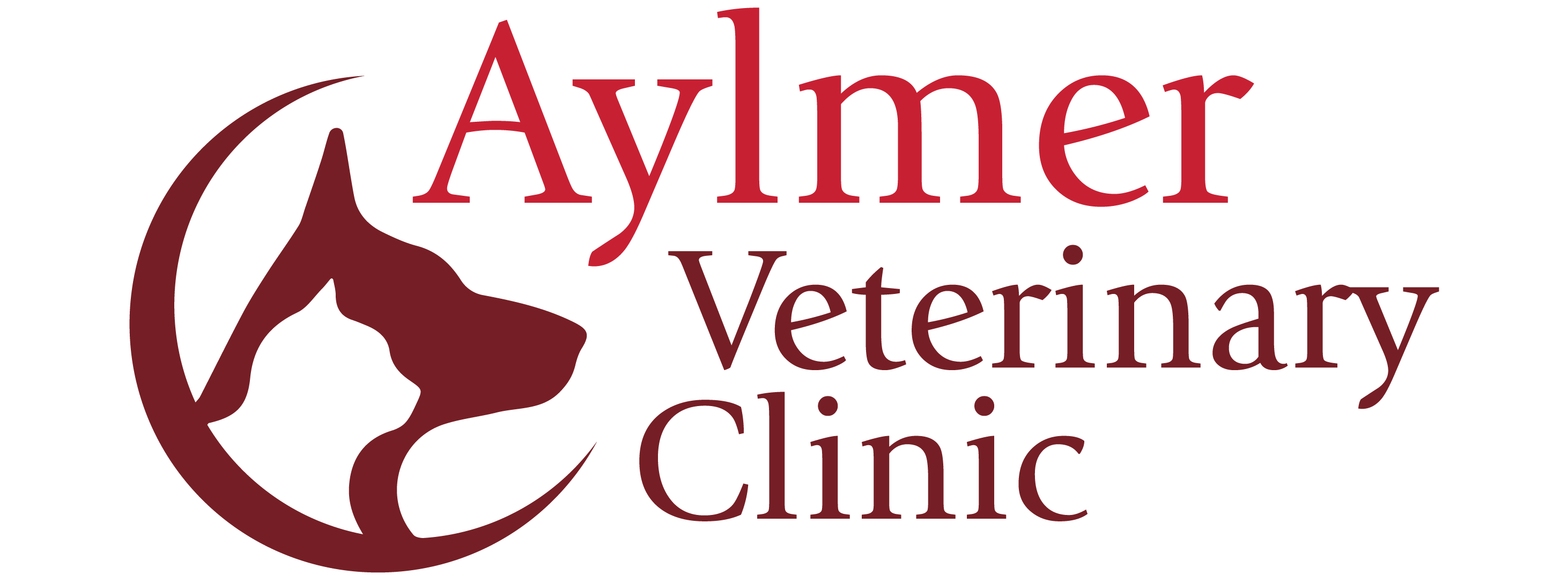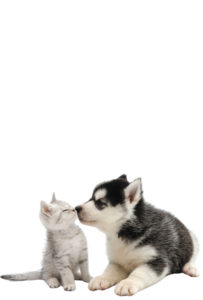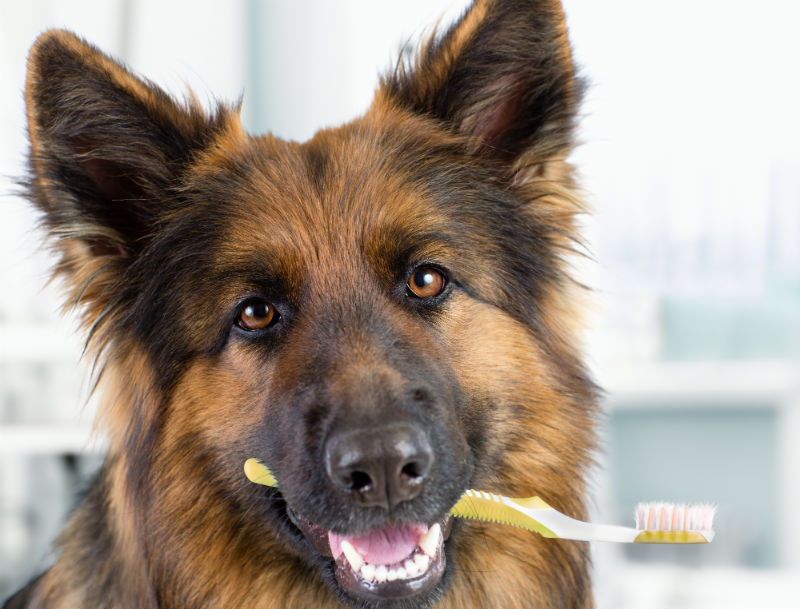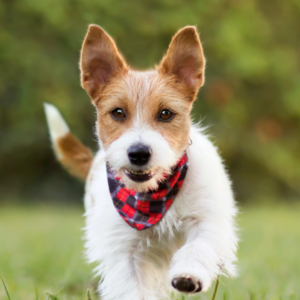So, you’ve noticed your pet’s breath is a little “funky” lately, or perhaps they are dropping kibble or only chewing on one side. After taking your pet to see their veterinarian, it has been recommended to have a dental cleaning – what does this mean? How do they do it?
To clean your pet’s teeth safely & effectively, they will need to be anesthetized. This is done because:
- A tooth is three dimensional and we need to be able to properly visualize each tooth from every angle.
- Even the most cooperative of patients won’t open up and say “Ahhh.”
- They need to be perfectly still because our tools are metal & can be sharp!
- We don’t want them swallowing any debris.
- Full mouth radiographs are recommended which requires a perfectly still patient.
What’s next?
We take anesthesia very seriously in our hospital which is why we recommend each pet that undergoes anesthesia have pre-anesthetic blood work. A blood test works to check multiple parameters such as red blood cells (help to deliver oxygen to the body’s cells), white blood cells (can show us signs of infection even before patients are actually ill), platelets (needed for proper clotting) and several others for organ function (liver & kidney especially because they metabolize & excrete the medications that we use). This helps to complete the overall picture of health, which allows us to choose the anesthetics best suited for your pet as well as providing a baseline for future reference.
Intravenous Fluids
All of our patients receive an intravenous catheter to allow for direct access to the bloodstream. This is important so that we can give medications quickly in the event of an emergency as well as provide intravenous fluids for maintaining proper blood pressure to help support vital organs. IV fluids are recommended and delivered through an IV pump that accurately delivers the calculated amount specific to your pet’s weight & hydration status.
Warm Water Bed
It is more challenging for a smaller patient to maintain their body temperature during anesthesia. Do you remember the 80’s when it was super cool to have a waterbed? Well, we still have them (in a miniature version)! Our smaller patients are positioned in a warm water bag to keep them toasty which helps aid in a smoother & faster anesthetic recovery. Larger patients have warm blankets.
Scaling & Polishing
Our Veterinary Technicians will clean each & every tooth (adult dogs have 42 & cats 30!!!) on all sides with a combination of an ultrasonic scaler (it has a watering tip to irrigate & keep cool!) & hand tools for cleaning plaque beneath the gum line. Another device is then used to assess any gingival recession and finally, each tooth is individually polished. After the mouth is cleaned, the doctor examines for any possible extractions of decayed, damaged or painful teeth.
Patient Monitoring
Our patient’s vital signs are monitored throughout the anesthesia & recovery period with both equipment & even more importantly – trained Veterinary Technician’s eyes, ears & hands!
Dental Radiographs
Another option for you & your pet is full mouth dental radiographs (x-rays). A tooth is like an iceberg – only 50% is above the surface, the other 50% is underneath the gum line. Dental radiographs allow the veterinarian to assess any fractured/diseased roots, bone loss and infection. This helps the veterinarian evaluate the longevity of a tooth and when extraction may be necessary.
Love & TLC
Lots of hugs & kisses are given to your pet before, during & after to be sure they are as comfortable & stress-free as possible.
Follow-up & Food Recommendtion
A 10-day recheck appointment is scheduled to assess your pet’s healing and a recommendation is given for a dental maintenance diet to help minimize future plaque build-up.
As you can see, a lot of time & attention goes into a proper dental cleaning as we believe dental health plays an essential role in overall health. Below is a picture of our dental suite getting ready for a dental cleaning:
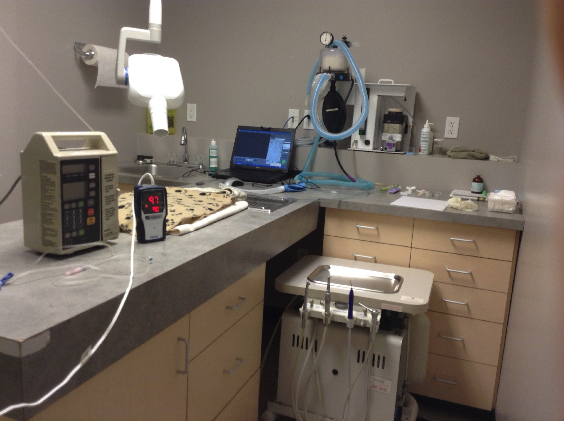
Written by: Angela Noble, RVT & Practice Manager
